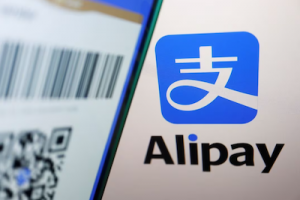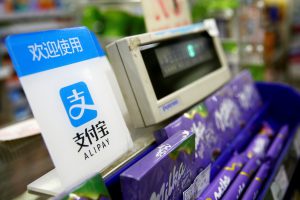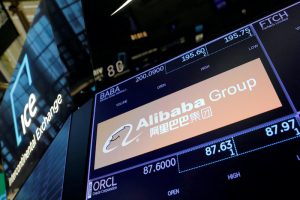(ATF) In yet another effort to stamp out irregularities in the country’s financial system, China’s top banking and insurance regulator said on Friday that it had fined five banks and relevant officials totalling 366 million yuan ($56.9mn).
The banks are Hua Xia Bank, China Bohai Bank, Bank of China, China Merchants Bank and Bank of East Asia’s China branch.
The regulator, the China Banking and Insurance Regulatory Commission (CBIRC) said that the penalties were slapped to tame rampant arbitrage activities and prevent idling of funds, as well as for other violations including granting illegal loans for mergers and acquisitions.
CBIRC also confiscated illicit gains totalling 87.61mn yuan from these banks and warned it would continue to stringently rectify financial irregularities and crack down on misconduct.
It also urged the banking and insurance institutions to strengthen practices “for supporting the real economy and protecting the lawful rights and interests of consumers.”
Continuing enforcement actions
The move signals China’s escalating enforcement actions on the banking, financial services and insurance sector launched with gusto about a year back.
Last year in April for instance, CBIRC slapped Alibaba Group Holding a record fine of 18.23 billion yuan for antitrust practices including “forced exclusivity.”
The regulator also started a probe into food-delivery platform operator Meituan for its financial practices and took steps to clamp down on pump-and-dump stock market manipulation.
In September, the CBIRC slapped fines worth 320mn yuan on four middle-sized banks and asset management company for financial misconduct.
In that clam down, China Minsheng Bank was fined for illegally financing property developers, China Zheshang Bank was fined for selling off-balance-sheet wealth management products, while Ca Guangfa Bank and Hua Xia Bank were fined for similar reasons too.
Besides China Huarong Asset Management was penalised 20.4mn yuan for illegally offering loans to individual borrowers and purchasing soured assets from financial institutions.
And last month, in the Politburo meeting headed by President Xi Jinping, Chinese agencies were instructed to address flaws in the system that lead to uneven growth, deep-seated financial risks and other technological challenges to the nation’s post-coronavirus economic recovery.
High Alert
Authorities have been on high alert about rising domestic financial risks and is reportedly closely watching external uncertainties to reverse the ill effects of the pandemic on its economy that recorded 2.3% growth in 2020, the slowest in 45 years.
Earlier in April this year, China’s central bank, People’s Bank of China, also warned that the country has accumulated financial risks over the years and could face shocks from overseas uncertainties.
These include “oscillation” in the stock and fixed income markets and potential bond defaults in real estate companies.
Signs of financial instability in the system started emerging last year when some state-owned enterprises defaulted on their debt, which shocked investors who believed those companies had implicit government support.
Small wonder that the CBIRC is worried.
China is studying ways to manage capital inflows to prevent turbulence in the domestic market as the authorities are “very worried” about the risk of bubbles bursting in foreign markets, Guo Shuqing, head of CBIRC told the China Banking and Insurance told a news conference, in March.
“Financial markets should reflect the situation of the real economy, if there’s a big gap in between, problems will occur and the markets will be forced to adjust. So we are very worried about the financial markets, particularly the risk of the bubble bursting of foreign financial assets,” Guo said.
With reporting by Reuters and SCMP
($1 = 6.4338 Chinese yuan renminbi)
READ MORE:
China bans micro-lenders from ‘fleecing’ college students
China tightens online lending rules in new blow to Ant Group
























